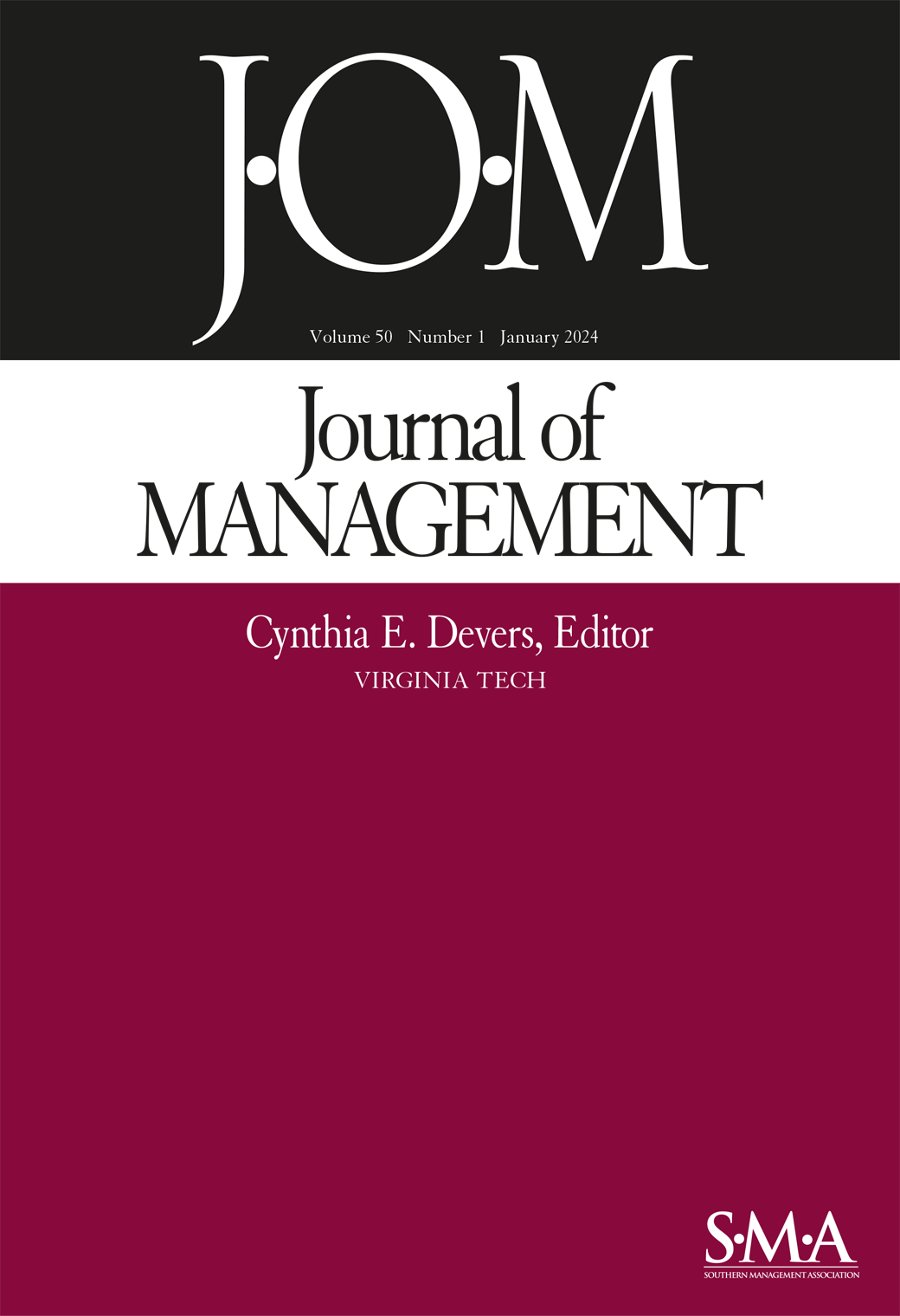Categorizing the Complexity: A Scoping Review of Structures Within Organizations
IF 9
1区 管理学
Q1 BUSINESS
引用次数: 0
Abstract
Structures involve a patterned regularity of interactions and frameworks that guide what individuals work on, with whom, and who influences those decisions. A deeper understanding of structures that exist within organizations has begun to emerge and illuminate new forms of structures (over 100 of them) that drive behavior in organizations. In this scoping review, we organize the fragmented insights on structure within organizations into a unifying framework that provides a coherent foundation for the domain by identifying nine topic domains and offering a summary of each (i.e., authority structures, cognitive structures, communication structures, coordination structures, leadership structures, motivational structures, social structures, task structures, and temporal structures). Next, as multiple structures co-occur within organizations, we explore the connections across topic domains, including their combinations. Understanding the separate topic domains and their combinations enables researchers and practitioners to understand why employee behaviors are inconsistent with the behaviors endorsed by a particular structure and better navigate the inherent complexity of structures within organizations. Finally, we outline implications for future work featuring structure combinations as well as emergent areas from the topic domains, such as the potential for change. Given the ubiquity of structures in organizations and their links with a variety of theoretical domains, this article’s implications have the potential to benefit a wide range of scholars and managers.对复杂性进行分类:组织内部结构的范围审查
结构涉及互动和框架的模式化规律性,这些互动和框架指导着个人在哪些方面开展工作、与谁合作以及谁会影响这些决策。人们开始对组织内部存在的结构有了更深入的了解,并发现了驱动组织行为的新结构形式(超过 100 种)。在这篇范围综述中,我们将组织内部结构的零散观点整理成一个统一的框架,通过确定九个主题域并对每个主题域(即权威结构、认知结构、沟通结构、协调结构、领导结构、激励结构、社会结构、任务结构和时间结构)进行总结,为该领域提供一个连贯的基础。接下来,由于组织内同时存在多种结构,我们将探讨各主题域之间的联系,包括它们之间的组合。了解了不同的主题域及其组合,研究人员和从业人员就能理解为什么员工的行为与特定结构所认可的行为不一致,并更好地驾驭组织内结构的内在复杂性。最后,我们概述了以结构组合为特点的未来工作的意义,以及主题领域中出现的新领域,如变革的潜力。鉴于结构在组织中的普遍性及其与各种理论领域的联系,本文的启示有可能使广大学者和管理者受益。
本文章由计算机程序翻译,如有差异,请以英文原文为准。
求助全文
约1分钟内获得全文
求助全文
来源期刊

Journal of Management
Multiple-
CiteScore
22.40
自引率
5.20%
发文量
0
期刊介绍:
The Journal of Management (JOM) aims to publish rigorous empirical and theoretical research articles that significantly contribute to the field of management. It is particularly interested in papers that have a strong impact on the overall management discipline. JOM also encourages the submission of novel ideas and fresh perspectives on existing research.
The journal covers a wide range of areas, including business strategy and policy, organizational behavior, human resource management, organizational theory, entrepreneurship, and research methods. It provides a platform for scholars to present their work on these topics and fosters intellectual discussion and exchange in these areas.
 求助内容:
求助内容: 应助结果提醒方式:
应助结果提醒方式:


